Off-road travel is thrilling, freeing, and offers access to remote, breathtaking destinations. But with the excitement comes risk. Whether you’re a beginner or a seasoned off-roader, is off-road travel dangerous?
From unpredictable terrains to mechanical failures, nature doesn’t always play fair. This guide explains the hidden risks and how you can stay safe while enjoying your adventure.
1. Off-Road Terrain Hazards: What You Need to Know

Not all paths are created equal. One of the major off-road travel dangers is the unexpected nature of the terrain. While a dirt path may look flat, it could hide soft sand, deep ruts, or sharp rocks that can puncture tires or destabilize your vehicle.
Types of Terrain Risks:
- Sand: Looks solid, but can quickly bog down your vehicle.
- Mud: Slippery and sticky, often leads to getting stuck.
- Rocky Trails: Can damage tires, undercarriage, and suspension.
- Snow/Ice: Extremely slick and unpredictable, especially on slopes.
Pro Tip: Always check trail conditions before heading out. A GPS or terrain-specific app can help you avoid nasty surprises.
Also Read: Best Camping Tips for Beginners: A 2025 Guide to an Amazing First Trip
2. Mechanical Failures Can Leave You Stranded
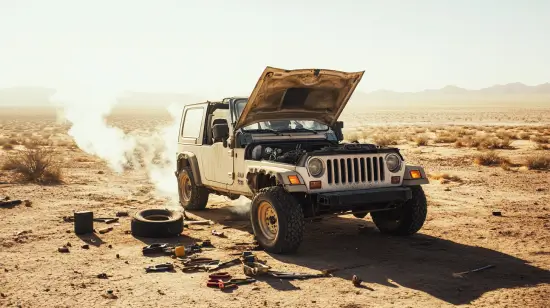
Your vehicle is your lifeline during an off-road trip. But if it’s not properly maintained or equipped, a mechanical failure in a remote area can turn dangerous fast. One of the most overlooked off-road travel dangers is neglecting your 4×4’s readiness.
Common Failures:
- Flat tires or blowouts
- Engine overheating
- Battery draining
- Broken axle or suspension damage
Without proper tools, spare parts, or knowledge, a small problem can become life-threatening, especially in extreme climates or isolated locations.
3. Getting Lost: A Serious Risk in Remote Locations

Even in the age of GPS, getting lost is still one of the most common and serious off-road travel dangers. Dense forests, desert plains, or mountainous paths often have little to no signage or cell service.
How to Prevent It:
- Use offline GPS maps (like Gaia GPS or AllTrails)
- Carry a physical map and compass
- Tell someone your route and expected return time
- Stick to marked trails whenever possible
Safety First: In off-road travel, always assume that help could be hours—or even days-away.
4. Weather Extremes: Nature Can Turn Hostile Fast
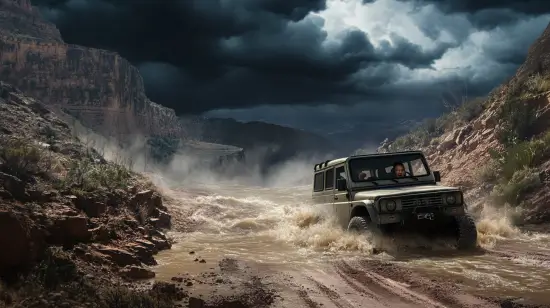
One moment it’s sunny, and the next you’re battling a flash flood or blizzard. Weather in remote areas can be extremely volatile, making it one of the more unpredictable off-road travel dangers.
Weather-Related Risks Include:
- Flash floods in canyons or desert basins
- Hypothermia in cold, wet conditions
- Heatstroke or dehydration in high temperatures
- Lightning strikes on exposed ridges
Always check the weather forecast before your trip, and pack gear suitable for sudden changes.
Also Read: Travel Safety Checklist Before Every Trip: Don’t Just Pack — Prepare
5. Wildlife Encounters: When Nature Bites Back
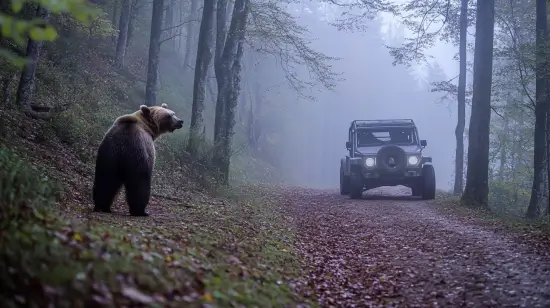
Off-roading takes you deep into wild habitats, which means you’re likely to encounter animals. Most wildlife wants nothing to do with you, but some can be dangerous if provoked or surprised.
Common Encounters:
- Bears, especially during the food season
- Snakes in the desert or rocky areas
- Insects like ticks or mosquitoes (disease carriers)
- Large herbivores (moose, bison) that may charge
Wildlife Safety Tip: Make noise to avoid surprising animals. Store food in airtight containers and never feed wildlife.
6. Human Error: One of the Most Common Off-Road Travel Dangers
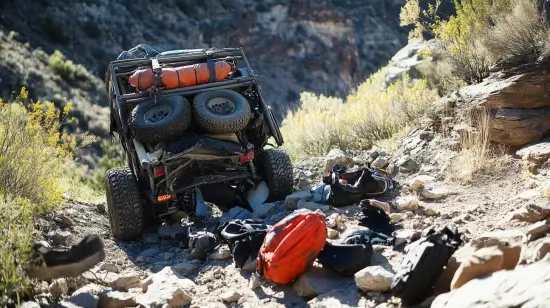
No one likes to admit it, but human error causes more off-road incidents than any other factor. From overconfidence to poor planning, mistakes can lead to dangerous situations.
Common Mistakes:
- Driving too fast for the terrain
- Underestimating trail difficulty
- Forgetting essential supplies (like water, first aid, or recovery gear)
- Traveling alone without telling anyone
Remember, off-roading isn’t just about skill—it’s about preparation and humility.
Final Word: Respect the Risk, Reap the Reward
Off-road travel offers unmatched freedom and adventure—but it’s not without danger. There are many risks, from hidden terrain traps and mechanical issues to weather extremes and wildlife encounters.
However, with the right mindset, equipment, and planning, you can avoid the major off-road travel dangers and enjoy every twist and turn of your journey.
FAQs About Off-Road Travel Dangers
Q1: Is off-road travel safe for beginners?
Yes, but only if you’re properly prepared. Choose beginner-friendly trails, travel in groups, and learn basic vehicle recovery skills.
Q2: What is the most dangerous aspect of off-roading?
Unpredictable terrain combined with a lack of preparation. Flat tires, bad weather, or getting lost can become deadly without the right tools and knowledge.
Q3: What should I carry for emergency off-road situations?
Essential gear includes: spare tire, tire repair kit, air compressor, tow straps, recovery boards, first aid kit, plenty of water, GPS, and communication device (like a satellite phone).
Q4: Can I go off-roading without a 4×4?
While possible on very mild trails, a 4×4 is highly recommended for safety and capability. Attempting rough terrain with a 2WD vehicle is risky.
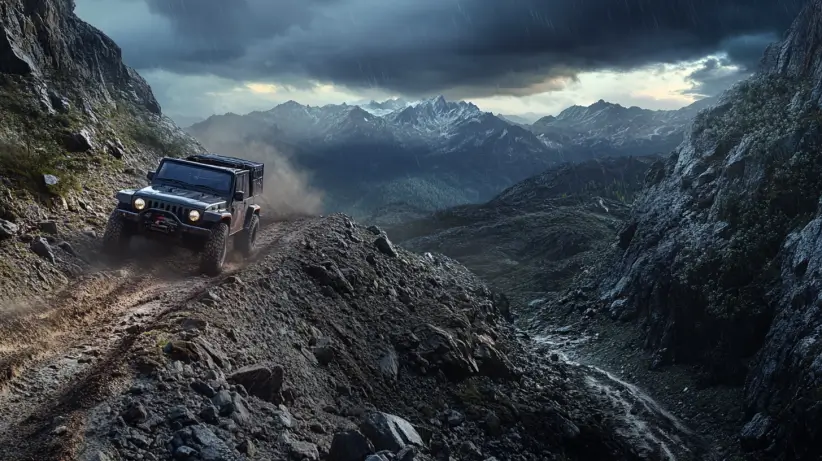
Leave a Reply
You must be logged in to post a comment.